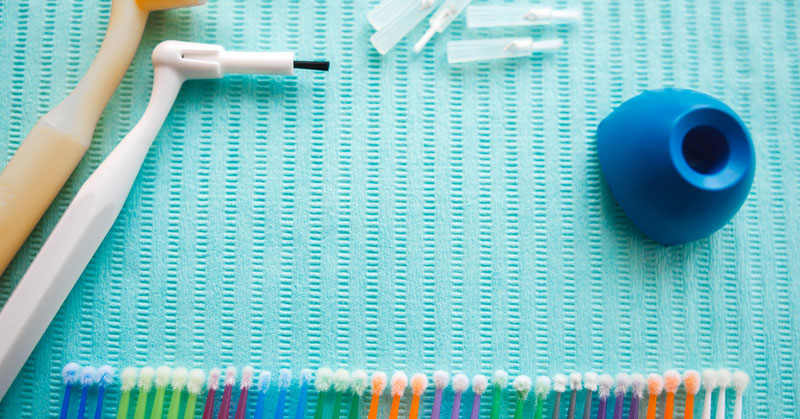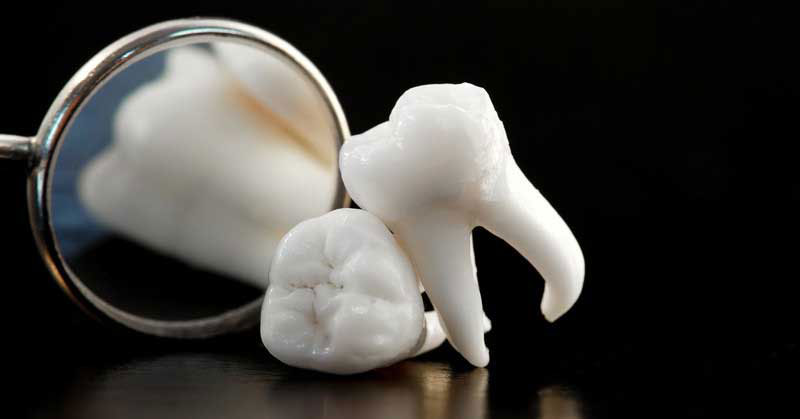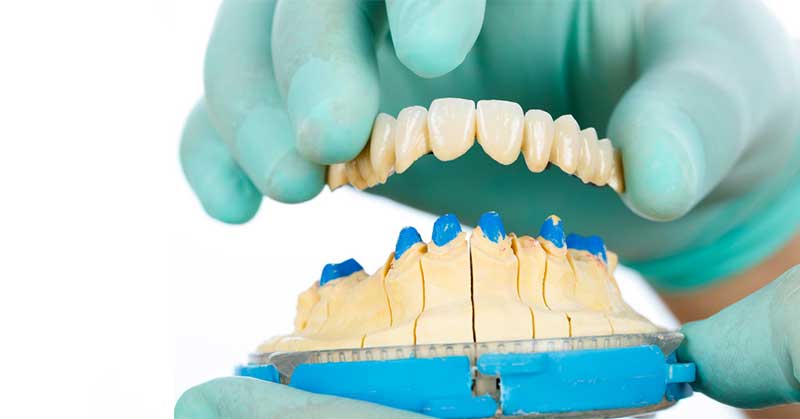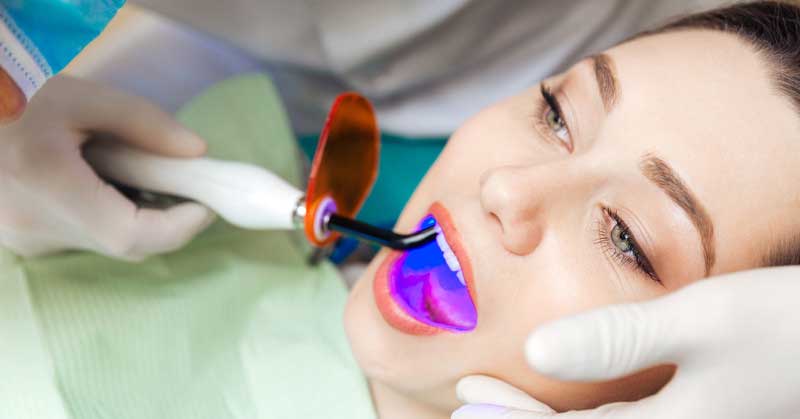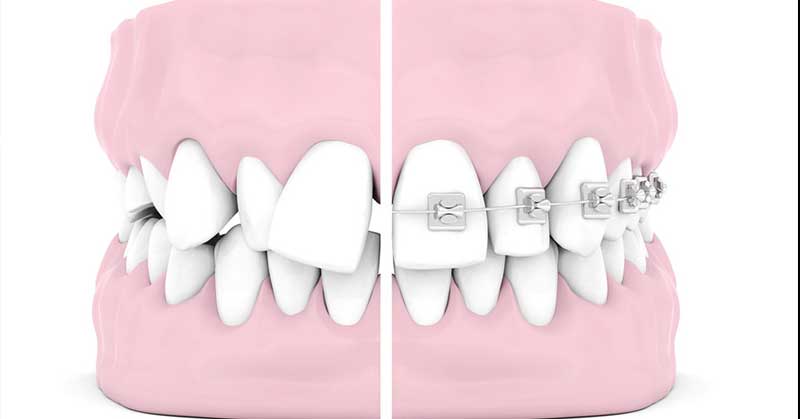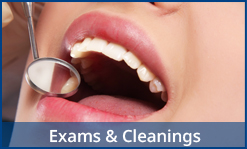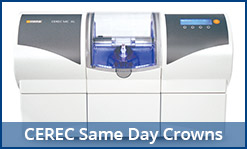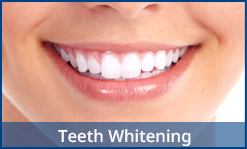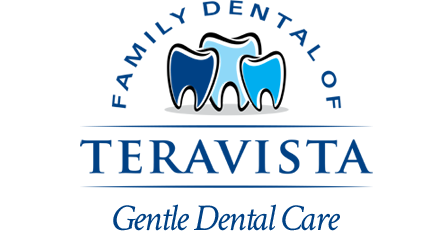Most of us have heard about how plaque and tartar buildup on teeth leads to tooth decay and even gum disease. But do you really understand how plaque and tartar actually accumulate on the surface of your teeth? It’s much easier to prevent that from happening if you understand how it happens in the first place.
Let’s begin by briefly describing the difference between tartar and plaque. Plaque is a transparent film of bacteria that builds up on the surface of your teeth over time. This usually happens within a few hours after you brush your teeth. Plaque is bad because it contains bacteria and acids that damage the enamel layer of your teeth and cause cavities. Plaque can also lead to gum disease since it typically accumulates around the gum line. When plaque is not removed, it calcifies and turns into tartar. Unlike plaque, tartar is visible. It appears as a crusty, yellowish substance on the tooth surface. Although tartar can develop on anyone’s teeth, older people are more likely to form it. Only a dental professional can remove tartar from your teeth, but the good news is that you can help to reduce the chances of it forming to begin with by following these steps:
- Maintain a daily oral hygiene routine at home. You should brush at least twice a day and floss at least once a day. To make your at-home routine even more effective, consider using a water flosser and an anti-bacterial mouthwash at least once a day.
- Visit your dentist on a regular basis. For most people, this means twice a year. But if you are more prone to developing tooth or gum problems, you may have to go more often. Remember that only your dentist or hygienist can remove tartar, so if you don’t have regular professional cleanings, it’s inevitable that tartar will build up over time, causing tooth decay and/or gum disease.
- Eat a healthy diet. Eating and drinking the right things every day can make a huge difference in not only your overall health, but your oral health as well. Incorporate plenty of vegetables and fruit in your diet, as well as whole grains. Low-fat dairy is a great way to contribute to tooth and gum health. Avoid sugary foods and drinks as much as possible. And opt for lean protein in moderate amounts. Remember that too much acid is hard on your teeth, so don’t over-indulge in acidic foods and drinks, such as citrus fruits, wine, coffee and fruit juices.
The formation of plaque and some tartar is an inevitable fact for most of us. Fortunately, there are plenty of proactive steps we can take to reduce the amount that forms, and that can lead to better oral health for us all.




